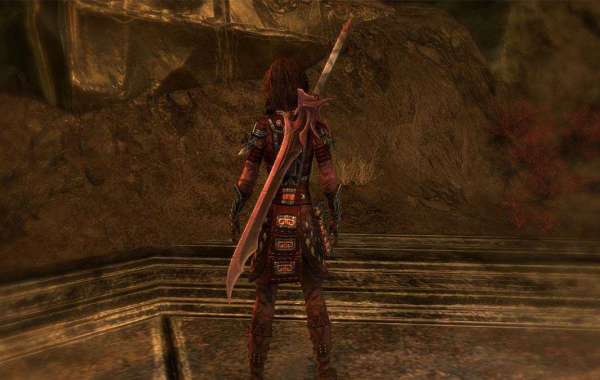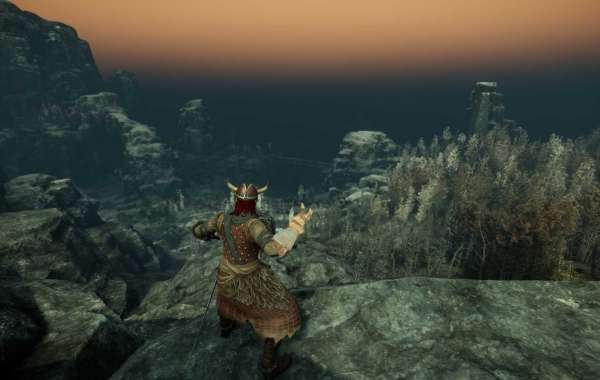Characteristics and considerations of the die casting process
Traditional manufacturing techniques such as injection molding, sandblasting, and extrusion are not nearly as efficient as die casting when it comes to maximizing the full capacity of the production line. Die casting, on the other hand, is a significantly more effective method. This is due to the fact that die casting utilizes a mold rather than a process that is based on molds. Some examples of mold-based processes include sandblasting and extrusion. In addition, the die-casting method possesses a number of beneficial qualities, some of which will be discussed in the following paragraphs:

Non-ferrous metals such as aluminum, copper, magnesium, zinc, pewter, lead, and even alloys based on tin are utilized quite frequently in the component manufacturing process. These non-ferrous metals are utilized so frequently because of their high strength, premium quality, and intricate nature. Other types of non-ferrous metals include alloys that contain tin, such as tin-based alloys. Tin-based alloys are among the other non-ferrous metals that are utilized.
When aluminum's high melting point and abrasive properties are put to use in the process of cold chamber die casting, they prove to be beneficial in the production of remarkable precision parts for a wide range of different industries. Because of the high volume production that it is capable of as well as the low cost expenditures that it requires, the cold chamber die casting process is used to manufacture a number of important automotive components. These components are used in vehicles of all different makes and models.
Components that have been manufactured using die casting methods are not difficult to treat with post-processing techniques such as sandblasting, lathing, milling, surface plating (coloring), and hard black anodizing. These techniques are all examples of surface treatments that can be applied to the components.
TYPES OF DIE CASTING PROCESS
Die casting is a process that enables a great deal of versatility, which enables manufacturers to meet the requirements of increasingly intricate design patterns. This has led to an increase in the level of complexity of the products that are being produced. As a result of its development into a method of manufacturing that is oriented toward the design process, it now offers the benefit of high precision to metal products while simultaneously reducing the number of post-machining treatments that are required. Die casting has given manufacturers the ability to meet the requirements of designs that are becoming increasingly intricate.
Die casting is a process that can provide remarkable stability because it is flexible in critical areas such as the geometrical complexity of the design, requirements for tighter tolerances, finishing sizes, and other areas. This allows die casting to accommodate a wide variety of design considerations. The use of a metal or an alloy may be acceptable for the role of the preferred type of material, and die casting is capable of providing remarkable strength.

Die casting can be done using a variety of methods, the most common of which are sand casting, lost-wax casting, hot chamber die casting, and cold chamber die casting. In addition, injected metal assembly, hot chamber die casting, and cold chamber die casting can also be done. The following is an introduction that is brief but covers all of the various types that were covered earlier in this section.
A Sweltering Room
Gooseneck-shaped casting machines are utilized in the hot chamber die casting process. These machines are outfitted with an internal furnace that is responsible for melting the metal before it is cast. Die casting is also referred to as gooseneck casting because of this characteristic of the casting process. As the liquid metal travels along the gooseneck structure of the machine, the hydraulic piston moves through the cylinder chamber and into the metal cavity. Once all of the steps have been finished, the metal cavity should be there.
The fact that the hot chamber die casting method functions very well with a variety of alloys that have a low melting point, such as magnesium and zinc, is an important aspect of the method. Because of this, the casting die has a longer die life and is more durable as a result of the low melting points.
Places That Have Their Own Refrigerators
The die casting machine that is used for the cold chamber process is distinct from the machine that is used for the hot chamber process; however, both methods are somewhat comparable in some respects. The metal casting process, which takes place outside of the cold chamber machine, represents the most significant difference between the two processes because it is the step that takes place outside of the machine.
In the end, the hydraulic valves of the machine activate a plunger, which, among other things, performs the function of forcing the molten metal into the die using a variety of different perspectives. The cold chamber die casting process produces exceptional results when working with alloys that have high melting points, such as copper and aluminum. These metals are used in the production of a variety of different products. In the cold chamber die casting process, the melting pot and injector components are kept separate from one another. This allows for a number of advantages to be realized in the process.

Component Constructed Using Injected Metal as the Raw Material
The process of die casting entails applying significant amounts of pressure while injecting the material that has already been melted into the die mold. In only a few milliseconds, the molten material that was confined within the cavity solidifies and cools to the point where it can no longer be considered liquid. It achieves a powerful combination of the various small parts into a single component of the machine so that it can be used. die casting can be done using a technique called the Injected Metal Assembly, or IMA for short.
Zinc is frequently chosen as the metal alloy of choice for this particular OEM die casting application. However, one of the two types of die casting machines—either one with a hot chamber or one with a cold chamber—may be chosen depending on the requirements. In addition to metals, it is compatible with a wide variety of other materials as well. Zinc has a low melting point and a high strength-to-weight ratio.
The absolute durability and precision of the die casting process are only attainable through the use of the specialized tools that are unique to this method of production. These tools are required in order to carry out this manufacturing technique. This is the only way that these characteristics can be achieved. This is the most significant benefit of the process. The longer adhesion and cohesion of the produced parts is made possible by the extremely tight positional tolerances as well as the solid mechanical lock that is created between the combined machine components. Injected metal assembly is advantageous for a number of reasons, including the fact that it does not require any special surface preparation, the fact that it does not require any special surface preparation, and the fact that it does not require any special surface preparation








